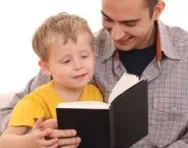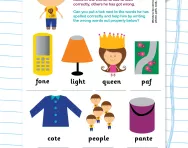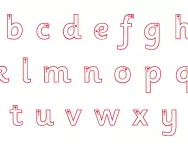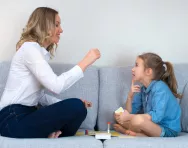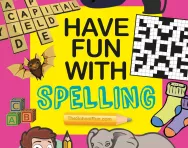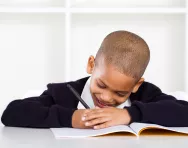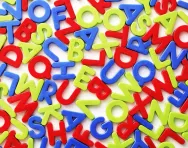Important update from TheSchoolRun
For the past 13 years, TheSchoolRun has been run by a small team of mums working from home, dedicated to providing quality educational resources to primary school parents. Unfortunately, rising supplier costs and falling revenue have made it impossible for us to continue operating, and we’ve had to make the difficult decision to close. The good news: We’ve arranged for another educational provider to take over many of our resources. These will be hosted on a new portal, where the content will be updated and expanded to support your child’s learning.
What this means for subscribers:
- Your subscription is still active, and for now, you can keep using the website as normal — just log in with your usual details to access all our articles and resources*.
- In a few months, all resources will move to the new portal. You’ll continue to have access there until your subscription ends. We’ll send you full details nearer the time.
- As a thank you for your support, we’ll also be sending you 16 primary school eBooks (worth £108.84) to download and keep.
A few changes to be aware of:
- The Learning Journey weekly email has ended, but your child’s plan will still be updated on your dashboard each Monday. Just log in to see the recommended worksheets.
- The 11+ weekly emails have now ended. We sent you all the remaining emails in the series at the end of March — please check your inbox (and spam folder) if you haven’t seen them. You can also follow the full programme here: 11+ Learning Journey.
If you have any questions, please contact us at [email protected]. Thank you for being part of our journey it’s been a privilege to support your family’s learning.
*If you need to reset your password, it will still work as usual. Please check your spam folder if the reset email doesn’t appear in your inbox.
What is encoding?

What is encoding?
Encoding is the process of hearing a sound and being able to write a symbol to represent that sound.
Decoding is the opposite: it involves seeing a written symbol and being able to say what sound it represents.
For example: if a child hears the sound /t/ and then writes the letter 't', this means they are able to encode this sound.
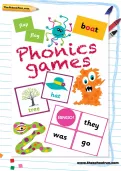

Your 'at-home' phonics support kit
- Step-by-step phonics programme
- Your guide to phonics
- Worksheets & games
How children are taught to encode sounds
Encoding also involves hearing a whole word and then being able to write the whole word with the correct spelling.
- In Reception, children will learn the letter sounds and then start to put them together to make CVC words (consonant, vowel, consonant) such as hot, nip, ten etc.
- They will then move onto reading words with consonant clusters (two consonants placed together) such as st, tr, cr, pl, sk, lk.
- They then move onto reading words with vowel digraphs (two vowels placed together that make one sound) such as ai, oo, ee, ue and consonant digraphs (two consonants placed together that make one sound) such as th, ch and sh.
While they are learning to decode these words, they will also need to learn to encode them (write the words with the correct spelling). Teachers will use various activities to help them with this:
- Writing words with their fingers in the sand tray. This helps children to get an idea of how the letters are put together to make a word.
- Fill-the-gap worksheets, where children have to read sentences with missing words and work out which words (given in a list or box) go in the gaps. They then need to write the words in the gaps, copying from the list. Usually these worksheets will concentrate on one particular sounds at a time, so if the sound was 'ch' the words might be 'chat', 'chin', 'choose' and 'chain'.
- Giving weekly spelling lists for children to practise at home. Teachers may encourage children to use the 'Look Cover Write Check' strategy, whereby they look at a word, cover it over, write the word from memory, then uncover it and check if they have got it right. They may also give children activities to do at school to support their learning of these spellings, such as testing each other in pairs, writing words on a mini-whiteboard.
Find more information about what spelling patterns and words children are taught in each year of primary school in our parents' guides:



